They call it the “Mediterranean Sea” of the Andes: The highest navigable lake in the world is really quite a stunner. At almost 4.000 metres altitude and literally as big as an ocean, it can be spotted from space – or from an airplane crossing the dry highland amidst which it is set. It is here where the Uros people have successfully evaded Incan, and later Spanish invasion during the past centuries. Today, however, out of all modern foes, tourism has laid siege to them. During my round the world trip back in 2011, I found out how you can live and survive on one of the famous “Floating Islands” on Titicaca lake.
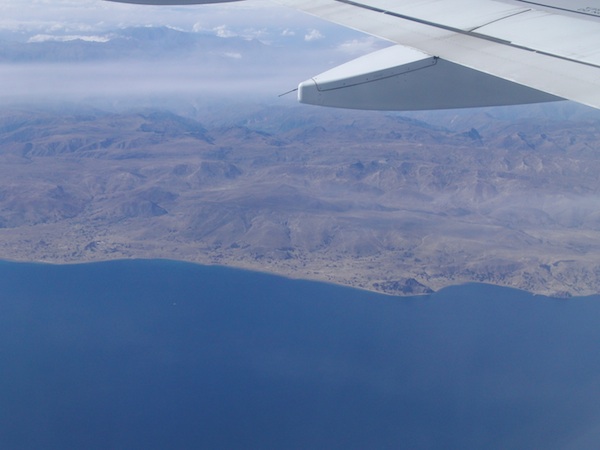
Titicaca Lake in the south of Peru forms the border with Bolivia and is renowned for its enormous size and altitude: At almost 4.000 metres, it literally takes your breath away!
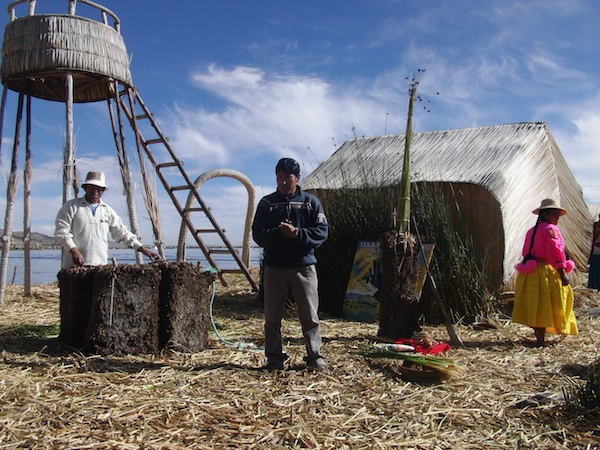
During a one-day visit to the Floatings Islands of Los Uros on Lake Titicaca, we learn about the customs, traditions and somewhat modern lifestyle of this ancient people living on reed islands right ON the lake.
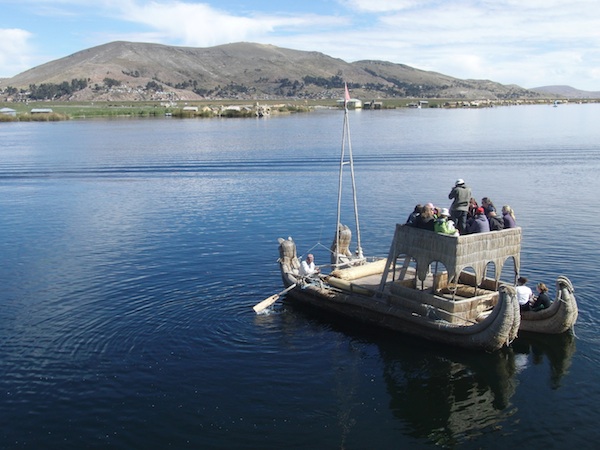
Boats are used for hunting, trading and navigating around the lake: Larger examples such as this one were once used for important ceremonies. Today, they mostly serve to impress and transfer visitors across small distances.
Tourism, as is the case for many destinations and communities around the globe …
… is a double-edged sword. On the one hand-side, we found a community that has embraced “community-based tourism” by welcoming visitors, providing basic facilities such as shops or restaurants (yes, we’re still talking islands made up entirely of reed!) offering tours and even overnight stays at local homes’ on their islands. Some ambitious inhabitants have even installed solar panels on their huts and attached a motor to their boats – unthinkable for the elders who still learned to live self-sustainably off fishing and hunting birds.
On the other hand, tourism has also left its marks on this fragile environment. Traditional values, such as lengthy ceremonies and skills passed on by elders, run the danger of being compromised in the eye of new possibilities. Money now allows the Uros to trade and buy from the people in the nearest port town Puno. And money they want! With tourism virtually the only source of income to inhabitants of the islands, the need to sell local crafts, weavings, reed sculptures etc. creates a “pushy attitude” towards visitors, who arrive between one to three times a day depending on season and trips. In 2010, almost 90.000 people came to visit some 200 families living on the “Floating Islands”, the majority of them made up of French and German tourists “wishing to engage with local culture and traditions”.

Hungry? The Uros invite you to come and stay at their “reed restaurant”, providing similar food to the mainland but topped with fresh fish, such as “trucha” or trout, from Lake Titicaca.
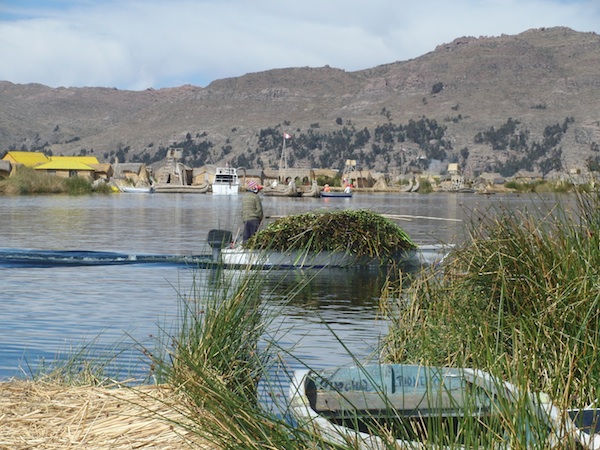
Many local Uros have now traded totora, or reed boats, against motor-powered boats bought in the nearest port city Puno.

A case for “World Heritage”: In 2011, I was asked by United Nations World Tourism Organization to report on my experience of The Floating Island on Lake Titicaca for their publication on “Intangible Cultural Heritage”.
Good Practices: Community-based Tourism on Lake Titicaca, Peru
Upon my return to Europe, I was asked by United Nations World Tourism Organization to share my experiences on this form of community-based tourism in Peru:
“Villagers allow visits from tourists to their homes and farms to transmit their ancestral heritage in guided conversations and demonstrations of cultural practice. (…) Tourists are encouraged to interact, climb the lookout tower, row a typical ‘totora’ boat and sample traditional food. (…) Tourism income is used to purchase supplies to continue handicraft production, to educate children (who have started learning English, French and German), and to invest in infrastructure, including better boats for the transportation of visitors.”
Please check out the following document (PDF) which gives you more information about the UNWTO Study on Intangible Cultural Heritage, including many interesting case studies from around the globe. The full study is available for sale here.
What do you think? Have you ever been in a similar situation of successful, developing community-based tourism around the world? Share your thoughts!
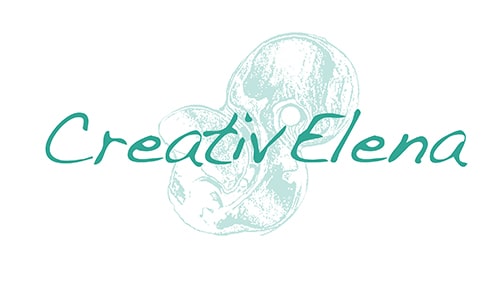

4 comments
Great informative post, really learnt a lot from this article! Peru looks like a place to definitely visit.
Thank you! Peru is amazing, and a country well worth travelling to, especially to experience the famous Nazca lines as well as the Andine highlands with their many different cultures. Los Uros is one of them, and we will never forget our visit to the ‘Floating Islands’!
The area in or around Cuzco is also especially attractive, and once in your life, you must go to Machu Picchu. Contact me for advice on how to experience it without the “tourist traps” 😉
I have been there numerous times,the first was in 1962, yeah I am old. The last time was four years ago. Yes, they get a lot more visitors now, and yes, they want to sell you stuff now. In 1962, not. By so what. It has not changed that much in 50 years.
Hey Forrest,
Wow, so you have already been to visit Los Uros back in the 1960s, that’s an amazing perspective you can develop 🙂 Besides visiting Titicaca Lake, where else would you recommend going in Peru? Thank you for your interest in Creativelena.com 🙂